
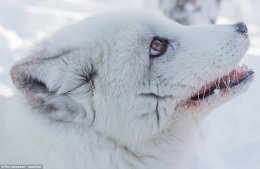 Wily: Just out of shot is the animal's keeper, who was dangling treats for it to eat over the visitor's head. Temperatures on the day were as low as minus 22C
Wily: Just out of shot is the animal's keeper, who was dangling treats for it to eat over the visitor's head. Temperatures on the day were as low as minus 22C
Boast: The Polar Park Arctic Wildlife Centre in Norway is the northernmost of its kind in the world and has three arctic foxes. Hardly any survive in Norway and Sweden
Mr Jakobsen was at the Polar Park Arctic Wildlife Centre in Norway, and although many of its beasts are normally deemed dangerous they were surprisingly tender - even kissing his female friends.
Guests are, however, warned not to look directly into the eyes of wolves.
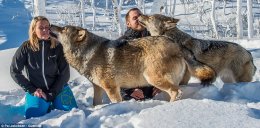 In his series of photos, the over-eager fox can be seen climbing on to the head of the photographer's friend Lene Kvandal as keeper Stig Sletten dangled treats over her head just out of shot.
In his series of photos, the over-eager fox can be seen climbing on to the head of the photographer's friend Lene Kvandal as keeper Stig Sletten dangled treats over her head just out of shot.
Mr Jakobsen said: 'On a lovely cold day with temperatures below minus 22C, I found myself inside the fence with arctic foxes.
'Stig is holding up his hand with goodies to attract the fox’s interest - then he moves his hand up above the head of Lene, causing the fox to climb at full speed on the back of Lene and up to the top of the head in order to reach the goodies.'
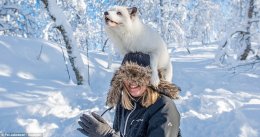 He added: 'I felt both awe and curiosity when we went in to the wolves, but tried to remain calm at all the time thinking about how I should conduct myself as a photographer and how wolves would react to the camera.
He added: 'I felt both awe and curiosity when we went in to the wolves, but tried to remain calm at all the time thinking about how I should conduct myself as a photographer and how wolves would react to the camera.
Adventurous: Wolves are normally afraid of humans, but the ones at the wildlife park are deliberately accustomed to human contact and are more friendly
Give us a kiss: The wolves even licked the faces of their visitors at the wildlife park. Mr Jakobsen said: 'Meeting these socialised wolves has been a very special experience'
Affectionate: The wildlife park does not keep animals in cages and instead makes sure they are accustomed to human contact
'I had heard that one should not challenge them by staring directly into in the eyes.'
Wolves are genetically afraid of humans which means non-socialised wolves in captivity are afraid of humans, and live under stressful conditions. Those at the park accustomed to being in close contact with humans, and there are no cages.
Mr Jakobsen said: 'We must remember that the wolves in principle are very afraid of people, but that these two wolves who are in the photos are socialised to have relations with humans.
'For my own part, meeting these socialised wolves has been a very special experience that will not be forgotten.'
Although arctic foxes are not endangered worldwide, the species is listed as critically endangered in Norway.
Between 1998 and 2008 just 111 arctic fox litters were registered in the country, alongside another 130 in Sweden - with none at all in 2009.
Mr Jakobsen said: 'I felt both awe and curiosity when we went in to the wolves, but tried to remain calm at all the time thinking about how I should conduct myself'
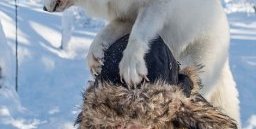
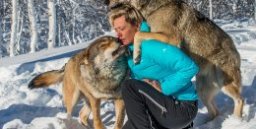
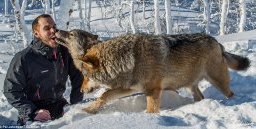

Please visit site https://victorianromantic.com/.







